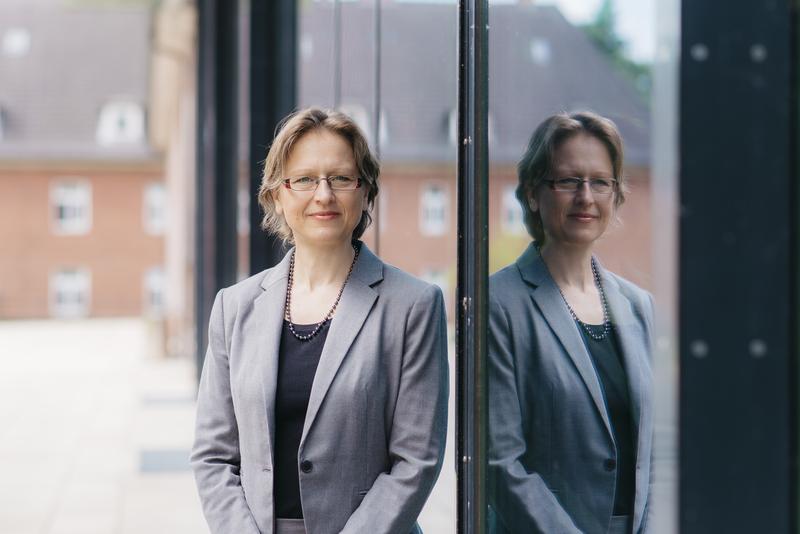Study on patient communication: paper beats tablet PC
Information technologies such as tablet PCs are playing an increasingly important role in the communication with patients. But how effective are they for older adults, who often have difficulties understanding medical information and who are not technology-affine? A recently published study by Jacobs University has investigated this. The result: traditional paper formats are better suited for this target group to communicate health-related information than those on tablet PCs.
Information and communication are basic prerequisites for participation in the medical decision-making process. It is particularly important for people with impaired health competence to be able to access and understand the information they receive from their medical doctors. In their study, Dr. Shu Ling Tan, Dr. Amanda Whittal and Prof. Dr. Sonia Lippke from Jacobs University compared traditional brochures with photo stories. This form of presentation, which was developed in cooperation with the University Medical Center Groningen (Netherlands) for the communication of elderly patients with the doctors, is based on comic layout, pictures and texts in speech bubbles.
The 126 participants in the study, aged 50 and older, were shown both formats on paper and on a tablet PC. Compared to the traditional brochure, the participants found the photo story to be easier to understand and more informative. They preferred it in the paper form, which seemed less monotonous and boring than the Tablet PC. The least effective way to display the brochure was on the Tablet PC. The study was financed by the EU as part of the IROHLA study, which involved more than 20 partners from various European countries. It aimed to improve the health literacy and health knowledge of older people in Europe.
Link to the study:
Tan SL, Whittal A, Lippke S: Testing a Photo Story Intervention in Paper Versus Electronic Tablet Format Compared to a Traditional Brochure Among Older Adults in Germany: Randomized Controlled Trial JMIR Aging 2018;1(2):e12145
https://aging.jmir.org/2018/2/e12145/
About Jacobs University Bremen:
Studying in an international community. Obtaining a qualification to work on responsible tasks in a digitized and globalized society. Learning, researching and teaching across academic disciplines and countries. Strengthening people and markets with innovative solutions and advanced training programs. This is what Jacobs University Bremen stands for. Established as a private, English-medium campus university in Germany in 2001, it is continuously achieving top results in national and international university rankings. Its more than 1,400 students come from more than 100 countries with around 80% having relocated to Germany for their studies. Jacobs University’s research projects are funded by the German Research Foundation or the EU Research and Innovation program as well as by globally leading companies.
For more information:
https://www.jacobs-university.de
https://www.facebook.com/jacobs.university
https://www.youtube.com/user/JacobsUni
https://twitter.com/jacobs_bremen
https://www.instagram.com/jacobsuniversity/
https://www.weibo.com/jacobsuniversity
Heiko Lammers | Corporate Communications & Public Relations
h.lammers@jacobs-university.de | Tel.: +49 421 200-4532
Commercial registry: Amtsgericht Bremen, HRB 18117
President / Chairman of the Executive Board (Vorsitzender der Geschäftsführung): Prof. Dr. Michael Hülsmann
Managing Director (Geschäftsführer): Dr. Michael Dubbert
Chairman of the Board of Governors (Aufsichtsratsvorsitzender): Prof. Dr. Antonio Loprieno
Originalpublikation:
https://aging.jmir.org/2018/2/e12145/
Ähnliche Pressemitteilungen im idw



